
 The newsletter of NASA's Radio JOVE Project
The newsletter of NASA's Radio JOVE Project"Solar and Planetary Radio Astronomy for Schools"

 The newsletter of NASA's Radio JOVE Project
The newsletter of NASA's Radio JOVE Project
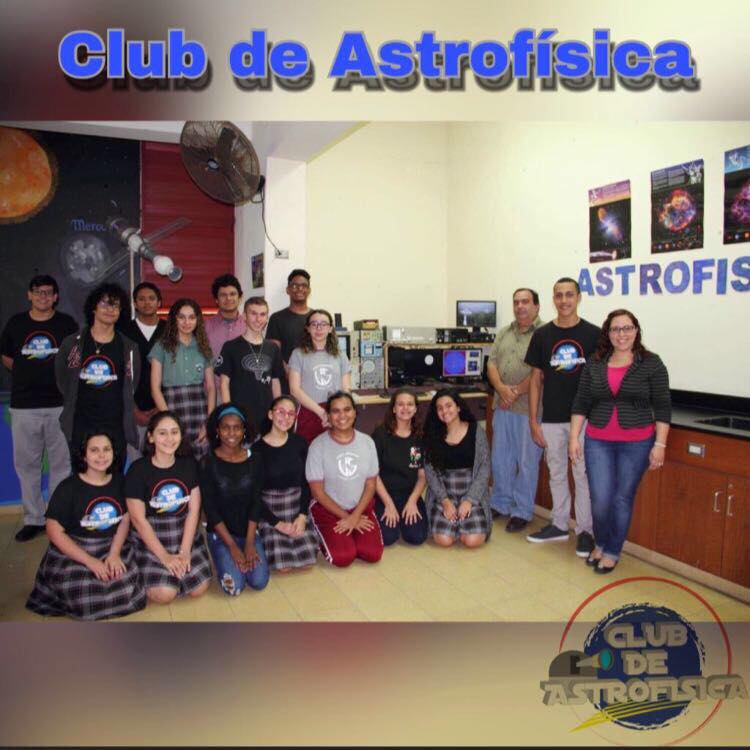
My name is Rolando Fernandez, I'm the mentor for the astrophysics club at University Gardens High School in San Juan, Puerto Rico. In December 2016, Mrs. Idalys Concepcion, a physics teacher at the high school, contacted me about building a small radio telescope for the school's astrophysics club, where students from 9th to 12th grade meet every Tuesday. We got permission from the school's director, Mr. Jaime Perez, to install the antennas, radios and some other instruments. With my experience in radio and antenna design and the help of students Ariam Acevedo and Enid Fernández, both members of the club, we developed the first high school radio observatory in Puerto Rico.
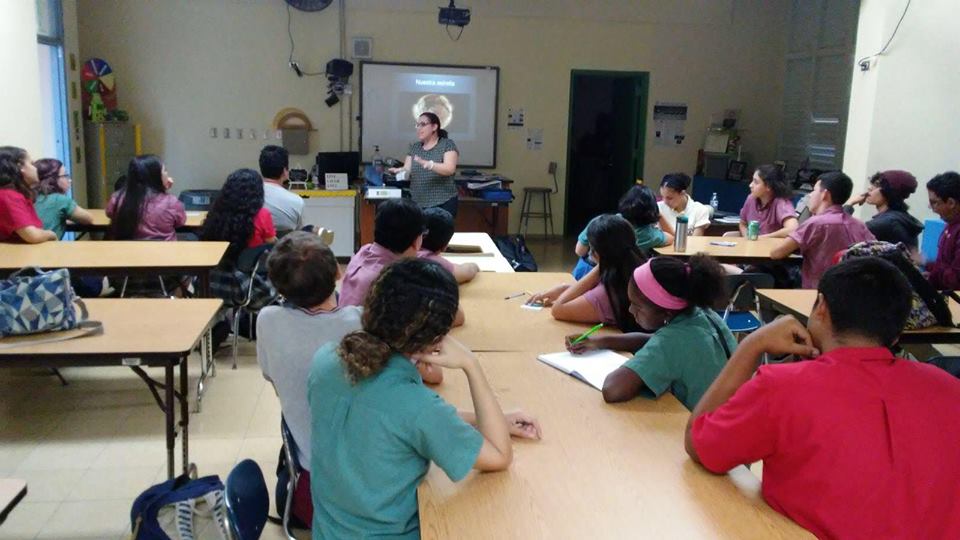
I started teaching basic electromagnetism, radio propagation and the detection of the Sun and Jupiter's storms in the shortwave band. We used as reference the information found on NASA's Radio JOVE Project and the Australian Space Academy websites.
In September 2017, Hurricane Irma and Maria destroyed our antennas that included two dipoles and a 3 meter parabolic dish we used to study the Sun's transit and hydrogen line.
Reconstruction after the hurricane began in February 2018 and was completed by April when the school organized a presentation to Puerto Rico's Department of Education and the school's community to officially inaugurate the club's radio observatory with the presence of the Puerto Rican Society of Astronomy officials, and Astronomer Dr. Carmen Pantoja from the University of Puerto Rico's Astronomy and Physics department. The local TV news station WAPA channel 4 in San Juan ran a report on the school's radio telescope project.
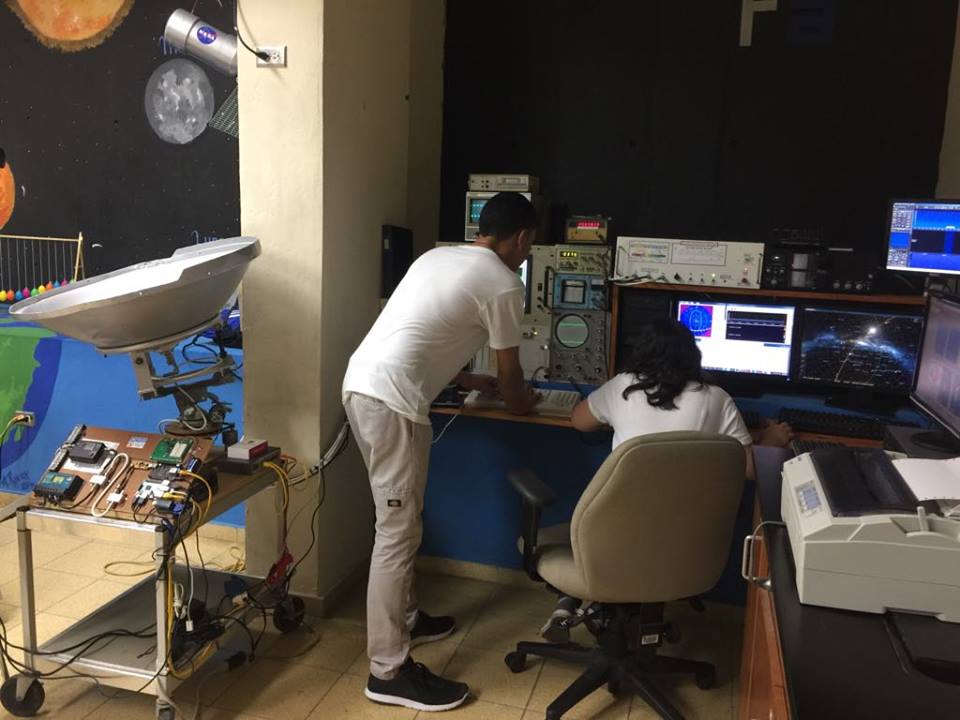
Among the equipment we are using is a 10 ft. north-south aluminum dipole and a modified DX-200 Realistic shortwave radio tuned to 20.1MHz and a pentium computer for collecting data. Since the reconstruction, the computers in the school's radio observatory monitors on a daily basis the Sun, Jupiter, meteorite echos and, starting this next school year, a Moon echo radar using an oven magnetron transmitter that will be on my house and a receiver on the school. All this equipment is available to the students using remote access via internet.
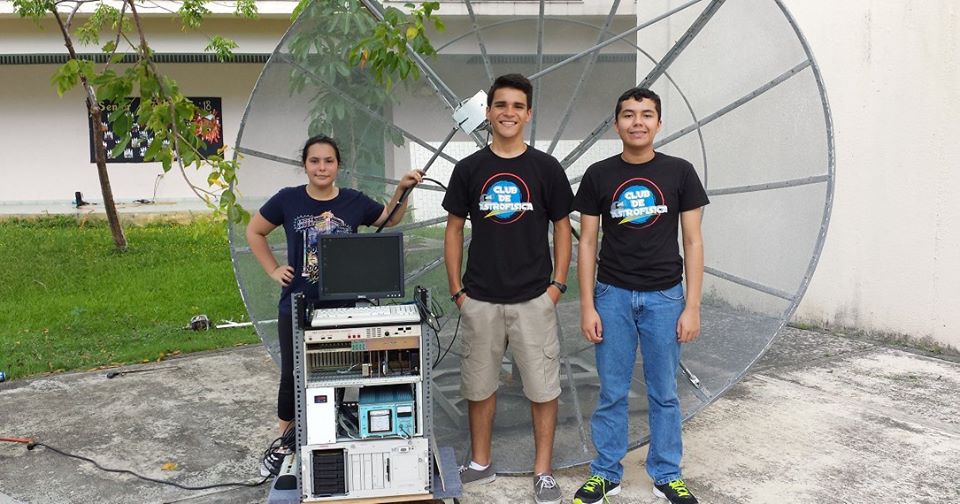
We received a report from Simon Cartlidge of the Grove School, Market Drayton, Shropshire, UK that his team has recently built and operated their Radio JOVE system on the school rooftop. He shared the first light plot with the Radio JOVE community and is receiving useful advice on the next steps to test that the equipment is operating properly. According to an article on the school's website,"The telescope will be used primarily in science lessons to teach astronomy sections, waves and the electromagnetic spectrum along with other related topics. It will however be available to all students across the school when not in use for lessons so that we can make further observations." They were able to obtain their equipment through a grant from the Institute of Physics. Good luck to the Radio JOVE team at the Grove School we are looking forward to more observing reports!
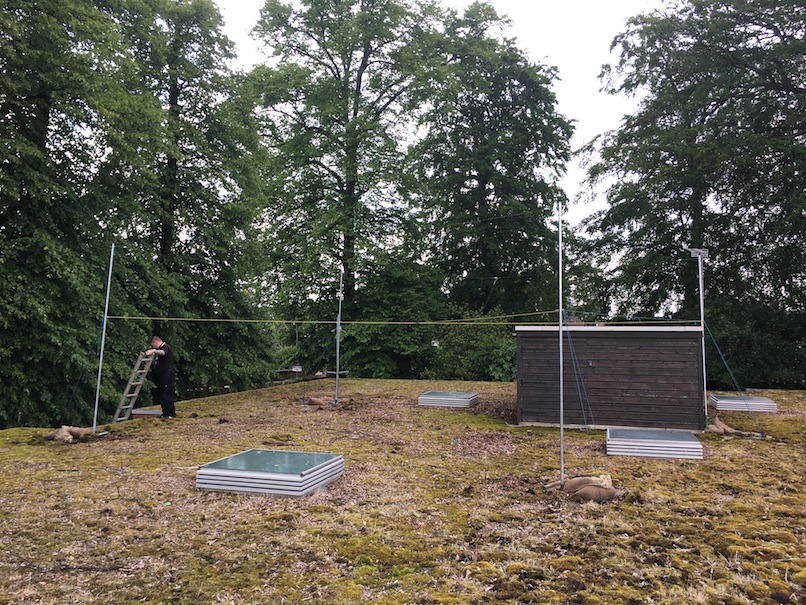

This is a quick note to our Radio JOVE project participants. We are planning to make major changes to the Radio JOVE website in the near future and we invite our Radio JOVE members to make suggestions concerning what they would like to see changed, added, deleted, etc. on the current site. All suggestions are welcome!
We would especially like to hear comments from the education community. How can Radio JOVE be made more useful for the classroom or for school-related organizations?
If you just have a quick observation, that's welcome also.
For example, you could let us know that more tutorials, especially videos, would help to clarify the kit building process.
You could also say the instructions are not clear enough or the software was difficult to download and install, etc.
Please send your suggestions to jove@lists.nasa.gov
We appreciate your support and look forward to receiving your support.
Thank you.
Radio JOVE staff.
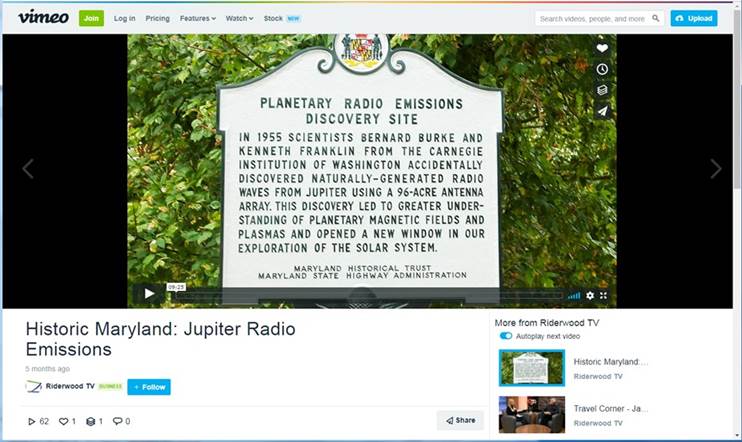
Recently a Maryland, USA film crew created a short video on the story behind one of our local roadside historic markers. The story of this marker is one closely related to the Radio JOVE project because it recognizes the site of the discovery of radio emissions from the planet Jupiter. As mentioned in several previous Bulletin articles (2018 December, 2007 June, 2005 June), and a Radio JOVE Science Brief, the discovery was made in 1955 by Drs. Bernard Burke and Kenneth Franklin at the Carnegie Institution for Science (then the Carnegie Institution of Washington) using an array of dipole antennas occupying a 96 acre field. Among the highlights of this video is a recording of the voices of Burke and Franklin describing the discovery and sounds from the original array. Enjoy!
As an Arts and Sciences student at John Abbott College (Sainte-Anne-de-Bellevue, Québec, Canada), I had the chance to be put in contact with astronomy as a source of inspiration for art. This was done in Sheila Nadimi’s studio art class with the help of Royal Astronomical Society of Canada (RASC) member and astrophysics professor Karim Jaffer. Being musically inclined, I decided to tackle the creation of a music piece using only as fundamental building blocks Radio JOVE audio samples of radio signals coming from the Sun, Jupiter and the background galactic noise. The first important observation about these samples is that they do not have very prominent musical characteristics. However, as Fourier analysis teaches us, behind every periodic signal lies other sine waves, which, from a musical perspective, means other musical notes. Hence, using various filters, equalization (EQs) and granular synthesizers, I undertook to uncover these "hidden" frequencies to make something a little more musical.
The music piece heard here is made out entirely of radio signals coming from outer space. Of course, they are heavily processed to allow the creation of distinct musical notes.
These sounds will be used in a virtual reality art project about space done by the visual artist "Swarm".
More music by myself is available on streaming services (Spotify, SoundCloud, etc.) under the name Chris Mauden.
https://soundcloud.com/chrismauden/signals
The JOVE Bulletin is published twice a year. It is a free service of the Radio JOVE Project. We hope you will find it of value. Back issues are available on the Radio JOVE Project Web site, http://radiojove.gsfc.nasa.gov/
For assistance or information send inquiries to:
or
